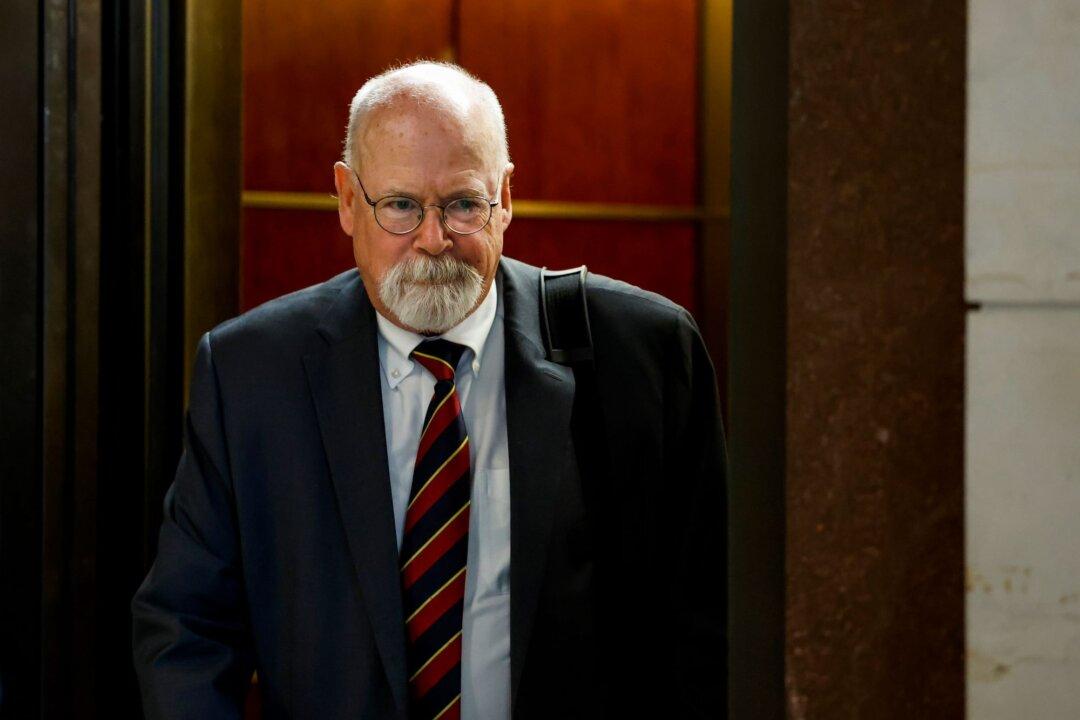The raging blaze in Northern California claimed the lives of at least 44 people, becoming the deadliest wildfire in state history.
With more than 200 people still missing on Nov. 13, authorities fear the death toll may climb as search teams prepare to sift through the charred wreckage of Paradise, California, the town where most of the death and destruction took place.




